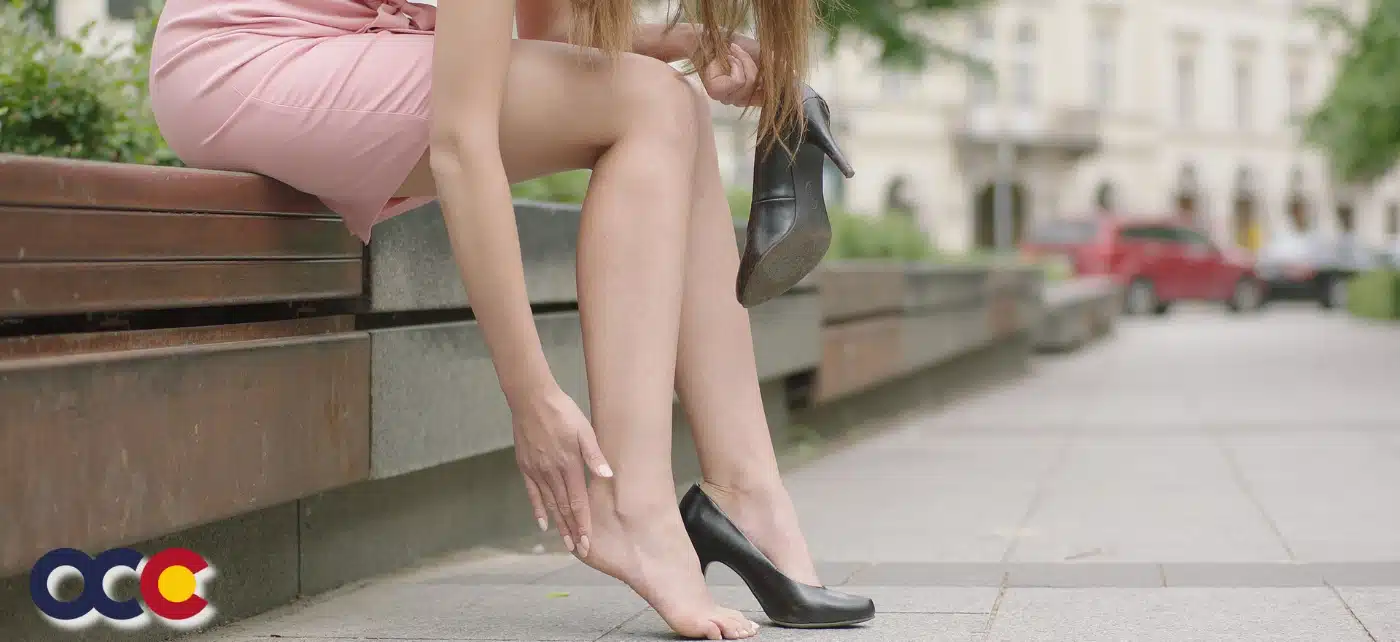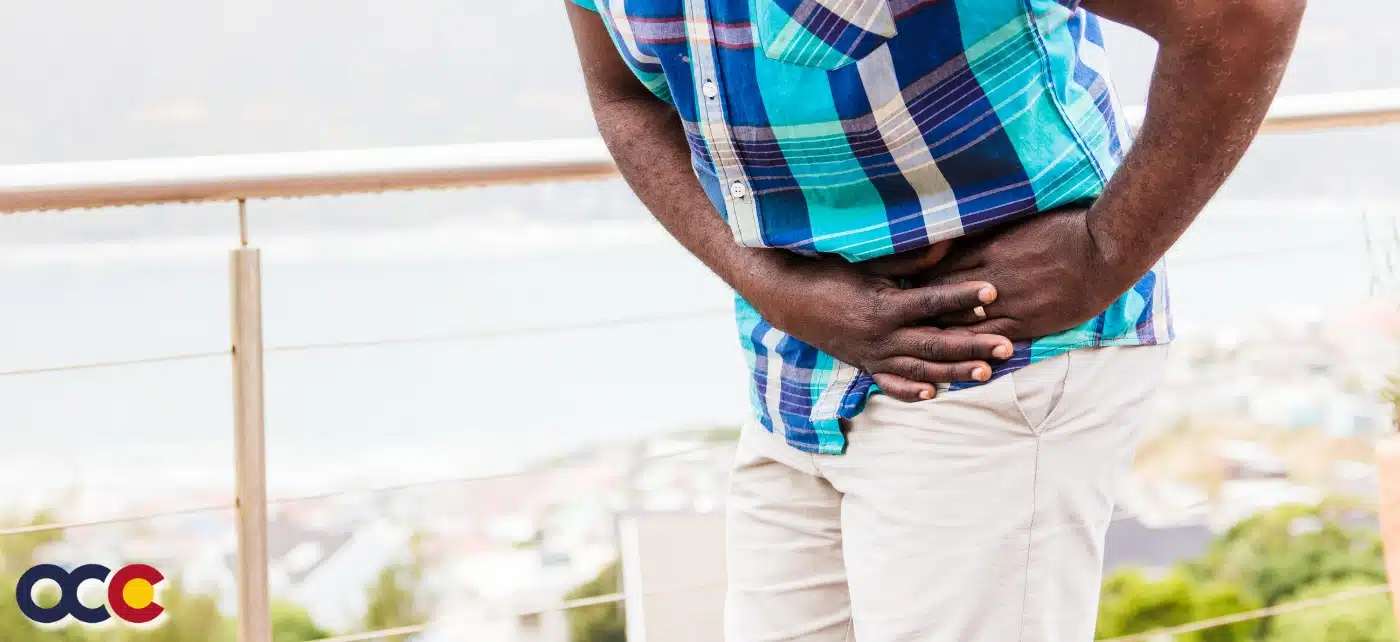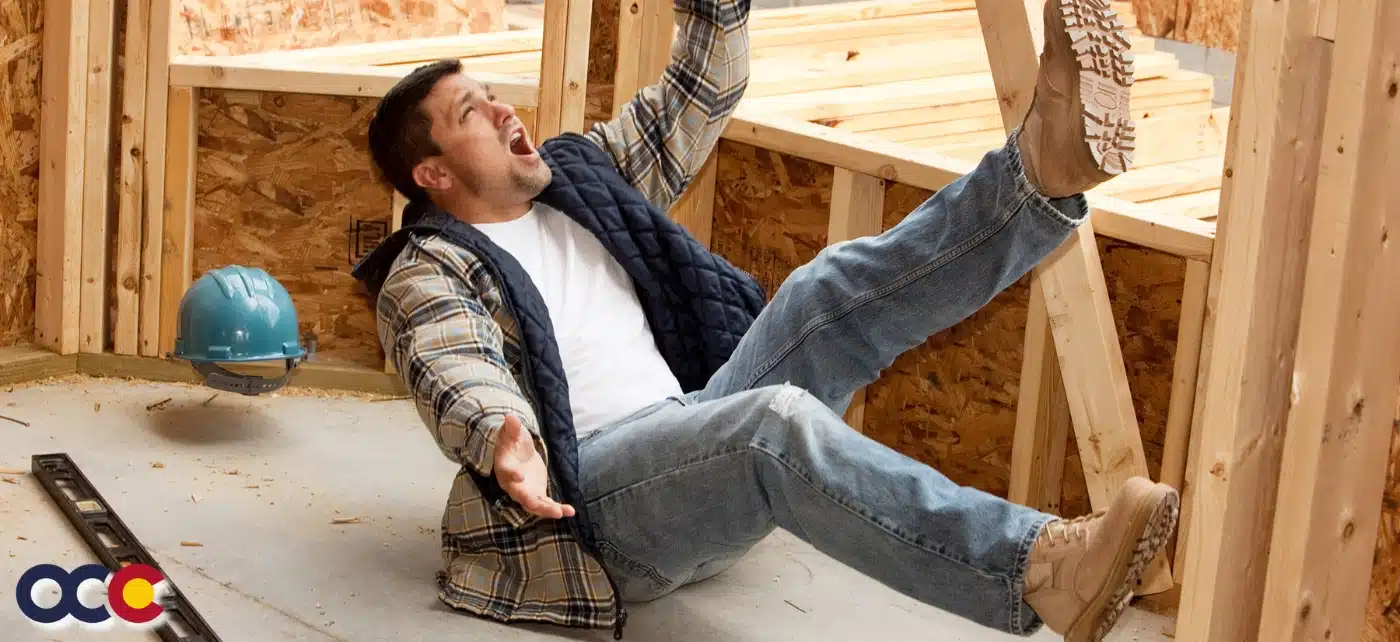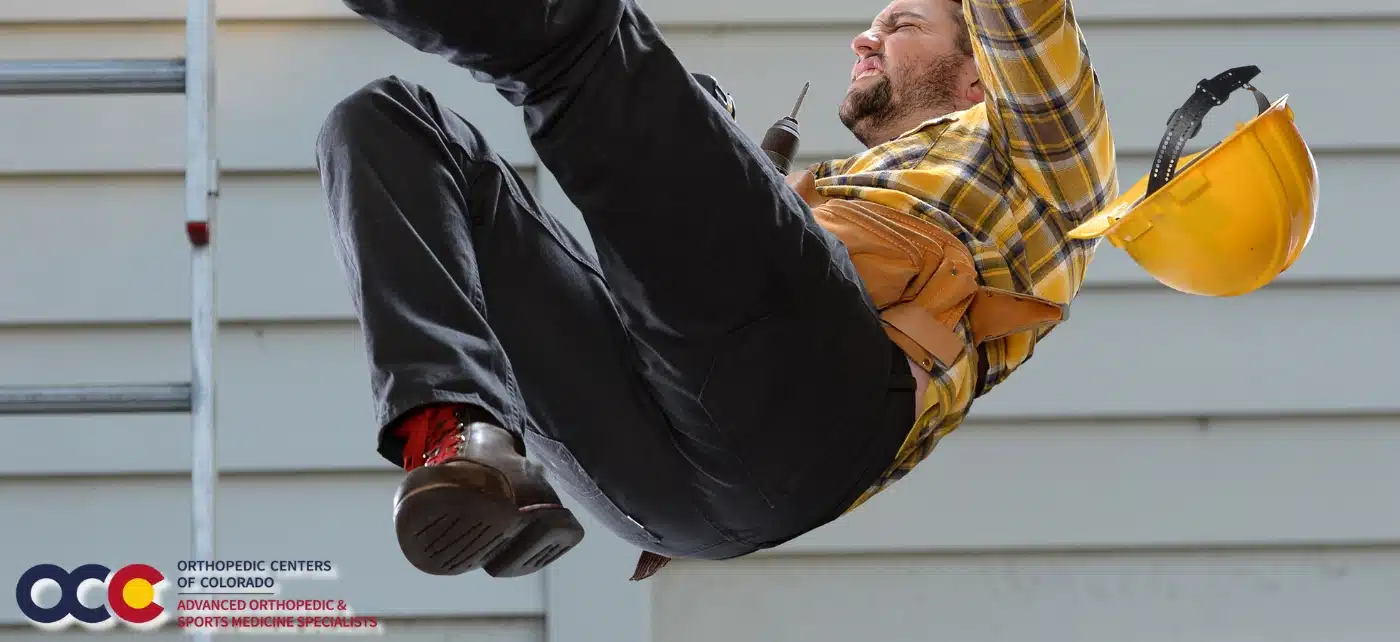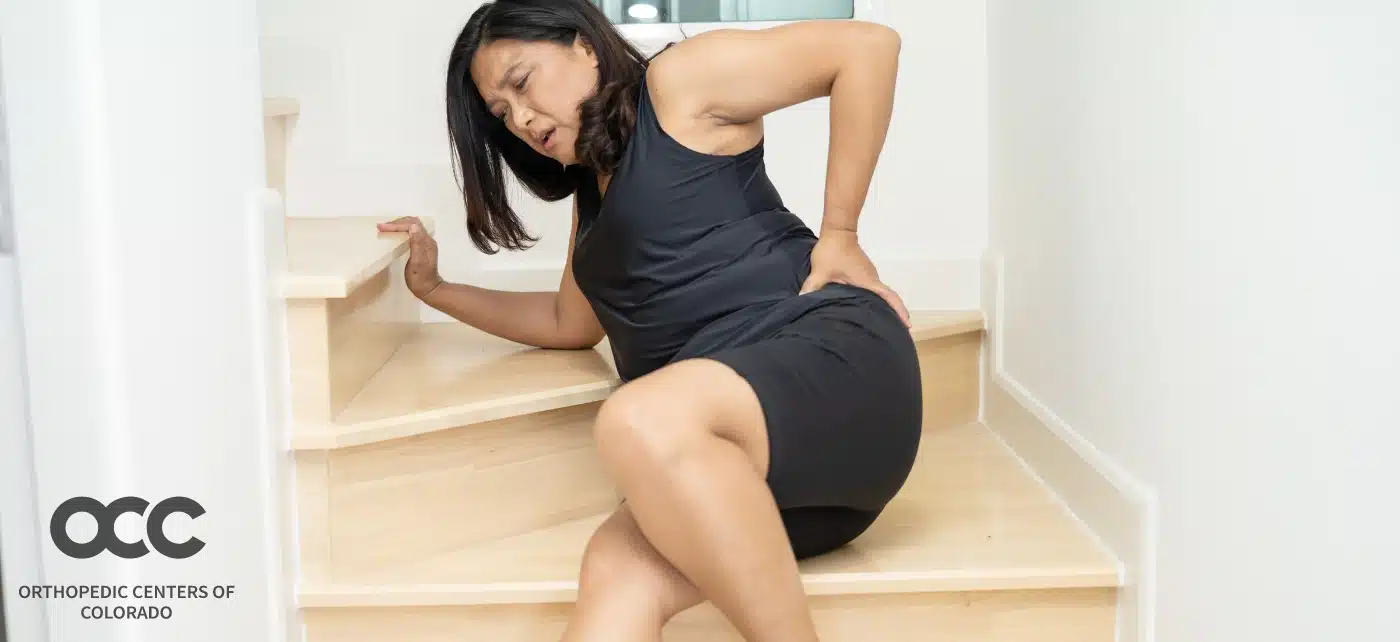A Hip labral tear occur when the ring or seal around the hip socket is damaged. The labrum cushions, seals and creates stability for the hip joint. Hip labral tears are generally the result of one of three causes: structural abnormalities, repetitive hip rotation activities, or high impact collisions.
Structural abnormalities. Some hip problems are the result of congenital bone abnormalities that cause impingement with hip motion. This leads to excessive wear and tear at the joint that can eventually leads to a hip labral tear.
Physical activities that involve repetitive twisting, pivoting and repetitive hip rotation activities (e.g. golf, ballet, soccer, softball) cause strain on the joint that can lead to deterioration and ultimately a hip labral tear.
Finally, collisions when the joint is loaded at its greatest range of motion – such as falling or violent collisions found in sports like football or hockey –hip dislocations or instability can occur that may also result in hip labral tears.
Symptoms
Surprisingly, hip labral tears frequently show no signs of pain. When symptoms do present, they generally take the form of deep groin pain, gluteal pain, clicking, catching, locking, or giving out. If symptoms don’t resolve with time, or if they worsen, medical attention is needed. Limited range of motion or stiffness can also be indicators of a hip labral tear, which is why physicians test range-of-motion as part of an examination. Extensive hip and leg range-of-motion testing and walking analysis offer indications of possible labral tears. A more conclusive tear assessment is best provided by imaging technology such as an MRIs. These scans can also identify corresponding problems such as structural abnormalities or fractures.
Treatment
Treatment options depend on the severity of symptoms and from the severity of joint or soft tissue damage. Conservative options include a short course of NSAIDs (eg. Advil or naproxen), brief periods of rest, the correct type of physical therapy, and occasionally injections. In addition, physical therapy can increase hip strength, stability and range of motion.
If conservative options do not resolve the joint pain, arthroscopic surgery may be required to treat the damaged joint. With this minimally invasive approach, the labrum is repaired, and the impingement caused by the bone is corrected.
Post-Surgery
Post-surgery rehab physical therapy is an important part of recovery. Our doctors have a detailed rehabilitation process that helps the patient and the therapist achieve the quickest and most successful recovery. This allows patients to improve their pain, improve their function, and get back to competition, sports, work and an active lifestyle.
Prevention
Strength, stability and flexibility are your body’s best defense against hip labral tears. Exercises that foster hip and core strength and flexibility optimize the function of the hip joint to prevent tears or to diminish symptoms of a known labral tear. Cross-training exercises, exercises that properly activate the muscles around the hip, and those that increase strength and stamina of the muscles are paramount.
Dr. Justin Newman and Dr. Presley Swann both specialize in the diagnosis and treatment of hip labral tears. To learn more, or schedule an evaluation, click here.


